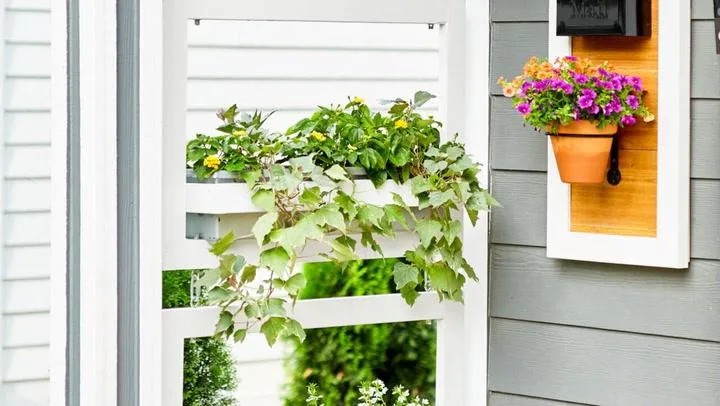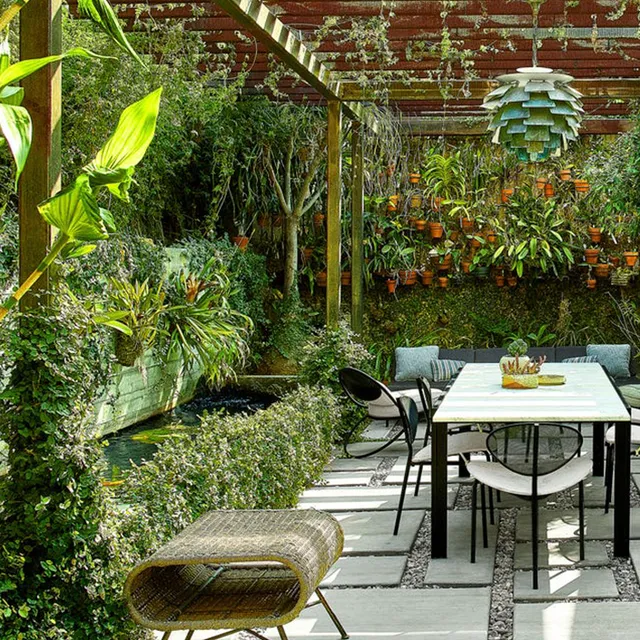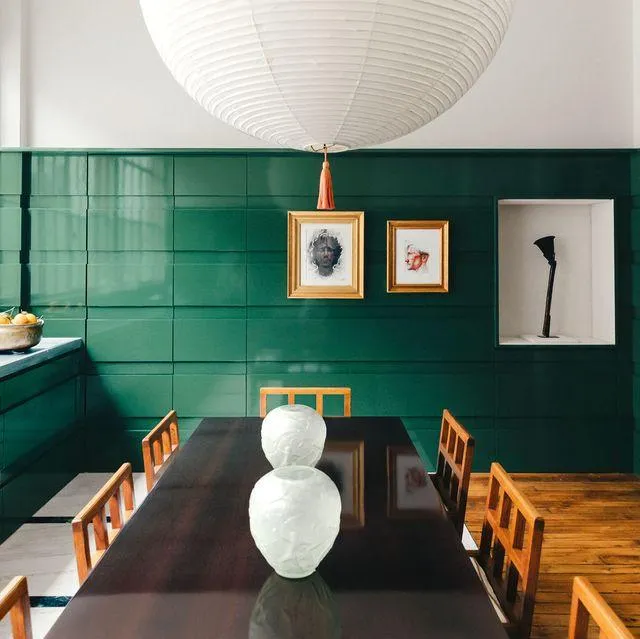The Best Plants to Cover and Green Up Your Walls
Whether you want to add some lush greenery, mask an ugly wall, or have plants taking over your home, covering your walls with plants is a great way to beautify your space. From my experience living in small apartments with limited outdoor access, incorporating plants everywhere – including on walls – has significantly improved my quality of life.
Types of Plants Suitable for Wall Coverage
There are several excellent options for plants that will thrive when grown vertically on walls. Here are some of the top varieties to consider:
- Ivy – English ivy is one of the hardiest and fastest growing plants for walls. It clings easily to surfaces and thrives with minimal light/care. Beware that it can be invasive if not contained.
- Climbing hydrangea – This flowering beauty produces large mophead blooms in summer. It needs decent light and well-draining soil. The lacecap flowers add beautiful texture.
- Boston ivy – Similar spreading habit to English ivy but with hardier, glossy green leaves that change vibrant shades of red and orange in fall. Less risk of invasiveness.
- Climbing roses – Fragrant, decorative roses come in a wide array simply cling to walls. Some varieties bloom continuously through summer.
- Climbing vines like morning glory, star jasmine, and creeping fig are fast growing options for smaller spaces that want quick coverage.
Wall Requirements and Planting Techniques
Not all walls are suitable for extensive plantings. Ideally you’ll want a surface that offers:

- Texture or flaws for roots to grasp – Brick, stone, or rough siding are best. Consider attaching trellises or grids for smoother surfaces.
- Exposure to sunlight for at least 6 hours daily – South or west facing walls receive optimal light.
- Protection from strong winds – Sheltered areas will prevent plants from drying out.
- Access to irrigation – In hot climates, built-in soaker hoses or drip lines will be crucial to keep plants hydrated.
When planting, be sure to use hearty starter plants and work in some organic soil amendments like compost to improve wall drainage. For coverage, space plants 12-24 inches apart depending on ultimate size. Initially use plant ties, pins or velcro strips to train vines upwards until they take root and adhere naturally.
Benefits of Wall Plants
Covering bare walls with attractive plants isn’t just aesthetically pleasing – it also provides some amazing functional perks:
- Insulation – Having a leafy green barrier on outside walls helps regulate interior temperatures, saving on energy costs year-round.
- Air purification – All plants absorb carbon dioxide and release oxygen, but walls provide more surface area for greater filtration of toxins from the air.
- Protection – Vines, especially hardy varieties like ivy, help prevent damage from extreme weather and shield the wall from UV rays and erosion over time.
- Privacy – Strategically placed plants obscure views and absorb noise, curtaining windows, fences or exposing undesirable areas.
- Attracts wildlife – With blooms comes pollinators. Develop an entire habitat for birds and beneficial bugs in your garden by providing refuge on walls.
As you can see, there are tons of advantages to having flowering and foliage plants take over bare and lifeless wall space whether your style is modern or traditional. But plants won’t provide benefits if they don’t survive, so maintaining them properly is key.

Caring for Wall Plants
With a little effort, your wall covering plants can thrive for many seasons. Here are the basics of caring for them:
- Watering – Check soil daily in summer and water thoroughly if dry 1-2 inches down. Use soaker hoses for large areas or drip lines with emitters for precise watering.
- Fertilizing – Apply a balanced, water-soluble plant food every 2-4 weeks in spring and summer according to label instructions.
- Pruning – Trim off any dead or diseased growth as needed and shape vines to maintain a full yet controlled form according to species.
- Winter prep – Cut ivies and other evergreens back by 1/3 in late fall. Wrap or move inside other more tender plants like roses or hydrangeas to protect from freezing temps.
- Pest/disease management – Regularly check plants and address any issues swiftly according to organic or chemical controls as necessary.
With diligent care, your walls plants will reward you with lush foliage and maybe even blooms for many growing seasons to come. Does this help provide guidance on plant selection and maintenance techniques for covering bare walls with greenery? Let me know if you need any clarification or have additional concerns.
Plants for Covering Walls
| Plant | Sunlight Needs | Growth Rate | Notes |
|---|---|---|---|
| English Ivy | Partial Sun | Fast | Thrives in shade; can be invasive |
| Climbing Hydrangea | Full Sun | Moderate | Showy flowers; needs support |
| Boston Ivy | Partial Sun | Moderate | Good for covering large areas; grows well in zones 5-8 |
| Climbing Rose | Full Sun | Moderate | Fragrant flowers; thorns need pruning; |
| Trumpet Vine | Full Sun | Fast | Showy red/orange flowers; can be invasive; |
FAQ
-
What kinds of plants can grow on walls?
Lots of different sorts of plants can be used for vertical gardening. Some popular choices are ivy, climbing roses, vines like morning glory or passion fruit, hardy plants like stonecrop, and trailing herbs like thyme or oregano. Basically any plant that will cling to a wall or trellis with aerial roots, tendrils or stems is a potential candidate.

-
How do you plant them on a wall?
To get plants growing up walls, you’ll need some kind of support for them to climb. Moss poles, trellises, lattice or wires/cables attached to the wall work well. Drill holes and insert the supports securely. Then put the plants in pots or the ground near the bottom, and use twist ties or plant clips to train the stems to the supports at first until they take hold. Water regularly until established.
-
Do any plants not require an external support?
Certain clingy plants like Ivy and Boston Ivy will stick themselves to brick or stone outdoors without any sort of trellis or wires. However, for safety it’s best to double check the plant won’t mindlessly creep into gutters or roofing. Perhaps add plant ties at first if uncertain.
-
How high up a wall can plants grow?
Vigorous climbers can potentially cover an entire multi-story building given enough years. Nevertheless, most home garden walls might max out between 10-15 feet with the right fast-growing varieties and optimal conditions. Things like exposure to sun vs shade also affect vertical spreading rate.

-
Do wall plants benefit pollinators?
You bet! Many flowering climbing plants are valued bee fodder. Plus others may provide lovely scents. Some gardeners feel this artistic greening helps boost neighborhood natural balance. Who’s to say – perhaps the bunnies find refuge too amid this leafy labyrinth! Can we truly put a price on habitat or happiness? In the end, a wall garden beautifies and possibly benefits all.
-
What are some potential disadvantages?
On the downside, plants may harbor pests unless diligently monitored. Additionally roots penetrating walls could compromise structure over time if extremely vigorous. However most modern waterproof sealants make this a minor risk unless entirely neglected for decades. Overall the amazing benefits of greening far outweigh any possible cons in this writer’s opinion!
